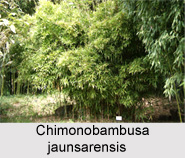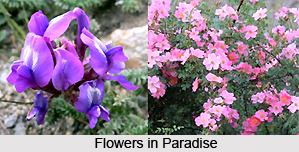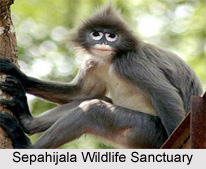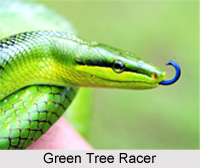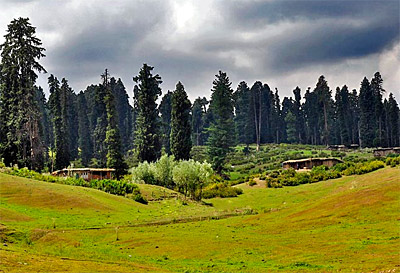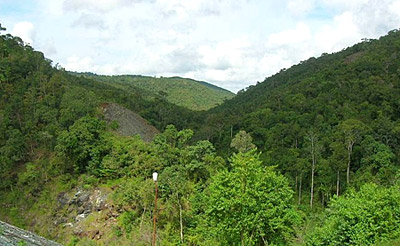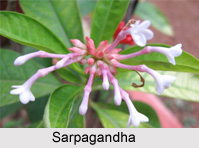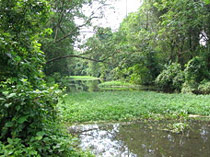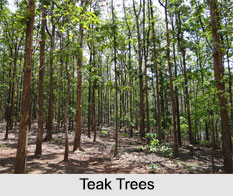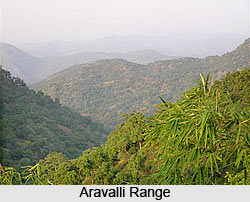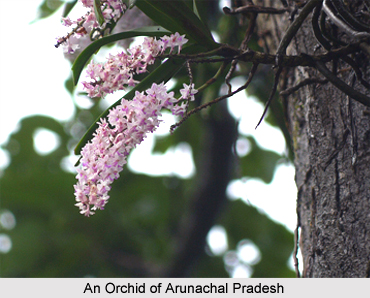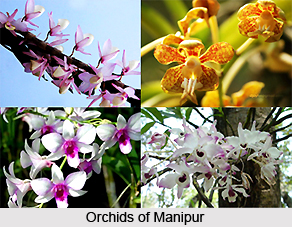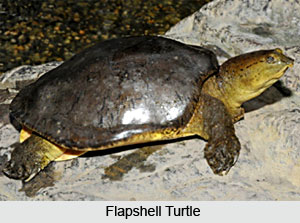 Soft Shelled Turtle belongs to the family Trionychidae. The adults of most of the soft shelled species are found in the Indian waters, except some of those belonging to the genus Lissemys, are capable of inflicting dangerous bites. Their long, flexible necks give access to most parts of their bodies; they can be held with safety only on the margin of the shell near the hind legs. The innocuous Lissemys punctata, the Flapshell turtle, can fast for extended periods, like many other reptiles.
Soft Shelled Turtle belongs to the family Trionychidae. The adults of most of the soft shelled species are found in the Indian waters, except some of those belonging to the genus Lissemys, are capable of inflicting dangerous bites. Their long, flexible necks give access to most parts of their bodies; they can be held with safety only on the margin of the shell near the hind legs. The innocuous Lissemys punctata, the Flapshell turtle, can fast for extended periods, like many other reptiles.
It may also estivate under mud in the hot season for many months, utilizing the water stored in its nala sacs. In winter, Lissemys may hibernate under mud in the northern part of its range. Characteristic crescentic flaps of skin, from under which the hind legs emerge, are present on the plastron. Lissemys punctata is one of the three non-marine varieties of turtles found in Sri Lanka, the others being the emydids Melanochelys trijuga parkeri and M.t.thermalis. The four races of Lissemys found in the Indian region inhabit fresh water, but a specimen discovered in the Andamans in the year 1979 was reportedly obtained from the sea in the shallows near the shore.
The remaining soft shelled turtles of India, except Dogania subplane of Malaysia and Borneo, are large and riverine. These belong to the genera Pelochelys, Trionyx and Chitra. The upper shell of Chitra indica reaches a length of about eight hundred millimeters. These turtles were said to attack boats with blows.
The big soft shelled turtles of the Genus Trionyx will bury themselves in the mud of their aquatic habitat, only the head and a part of the back are being exposed. They catch prey - fish, frogs, mollusks, etc. - by suddenly extending their long neck, and sometimes by active swimming. Six species are known from India.
One of the ten forms of the Lord Vishnu which is worshipped by the followers of Hinduism is his turtle incarnation, Kurma Avatar, often depicted in carvings and paintings as a Trionychid. In parts of India, Bangladesh and Burma living soft shelled turtles are venerated and fed in tanks near religious shrines and multiply there.
